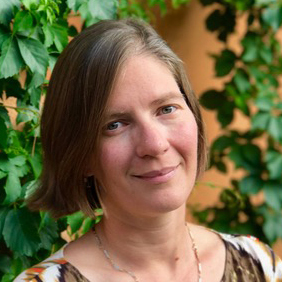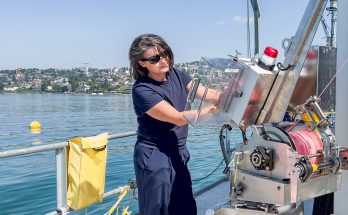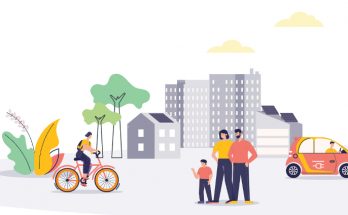Cette publication est également disponible en :
![]() Français
Français
What can we learn from actions led by Indigenous peoples and local communities? Using ecological as well as social methods, Gretchen Walters (IGD), Olivier Hymas (CIRM) and Jenny Kelleher (IUCN) are launching “NARROW: Narratives on Restored Water” in the spring of 2022, a transdisciplinary and trans-sectorial project. It will examine how locally-led restoration works.
NARROW is funded by an ERA-NET COFUND action, implemented by two European networks: BiodivERsA and Water JPI. These networks aim at building a sustainable collaboration and a common vision to tackle the challenges of biodiversity and aquatic systems.
What is the main goal of your project?
GW: We will examine the success of biodiversity conservation and restoration led by Indigenous peoples and local communities and see how they may qualify as “Other Effective area-based Conservation Measures” (OECMs) which are now recognised by the Convention on Biological Diversity.
Using the cases of Finland and Sweden, and working with different sectors of society (local communities such as the Sámi, academics, administrative actors, etc.), we ask a critical question: what are the ecological, cultural, social and spiritual values that inspire local communities to restore and protect their inland water-land systems? How are such values determined and reflected in national and international policy contexts?
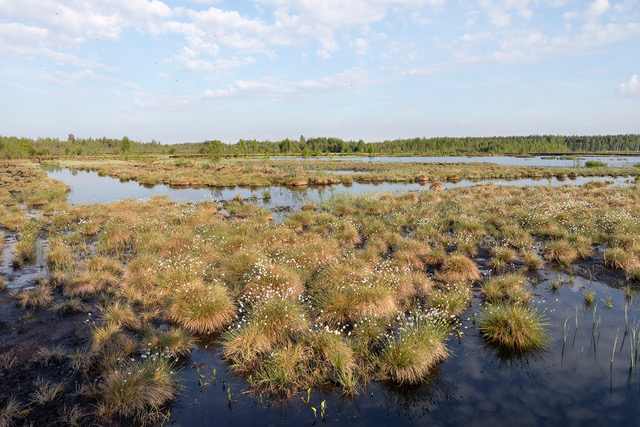
Do people and local communities have a role to play in climate change mitigation?
GW: Of course, especially when we are talking about restoration occurring on communal or Indigenous lands and waters. At one point, a group of people makes a decision to restore their lands. When this happens, they are directly contributing to mitigating climate change through their action, but this action also connects them back to the lands and waters they are restoring. In this project, we will explore the significance of “cultural keystone species” in restoration. These species have deep cultural value to people, tying them to ecosystems and places.
You will use “narratives”. What does it mean?
GW: In NARROW, we consider narratives to be stories that people use to communicate the meaning of critical ideas and places. How have people viewed their connections to the places they restore over time? Alongside the project’s social and biological data, we will identify key narratives of restored nature manifesting in the local places. These stories will shed light on the role that cultural keystone species play, and how local people express new relationships and values that emerge through restoration.
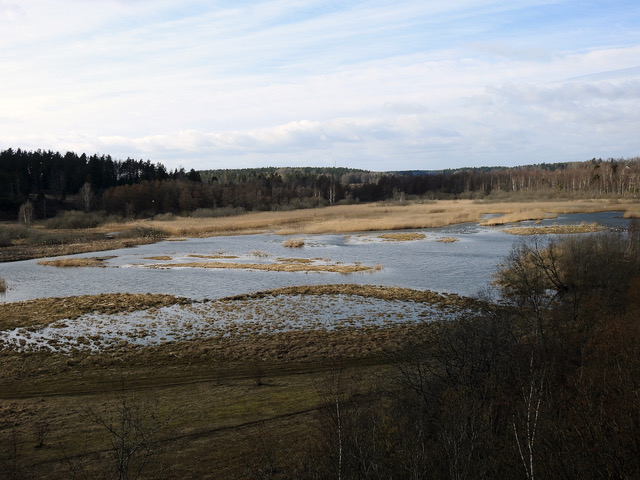
How did the idea of this project emerge?
GW: This project emerged through the UNIL partnership with the International Union for Conservation of Nature It was clear from the call for proposals, that the best way to address the research questions, which had an applied environmental policy perspective, was to work together.
We bring together a team of interdisciplinary scientists and practitioners from the University of Lausanne, the Swedish University of Agricultural Sciences, the Snowchange Cooperative (Finland), and the International Union for Conservation of Nature (IUCN, Switzerland). This collaboration brings local to international perspectives together.
Why is this work important for the restoration of biodiversity?
GW: Despite calls to include cultural viewpoints and methods into restoration, it actually rarely happens. Through NARROW, we bring these strands together: we will shed light on why and how people decide at some point to restore a place, and why it matters to them. But also, whether the restoration has a concrete positive impact on greenhouse gas flux and carbon storage. By bringing both cultural and biological values of restoration to the forefront, we anchor global environmental policy objectives in issues that matter to people and their places.
Our findings will advance how OECMs are considered in international and national policy circles, as well as improving how they are implemented. By working directly with IUCN who influences global work on OECMs, the findings of NARROW will gain relevance in international conservation policy and practice.
Many countries will pledge in 2022 to increase the area under conservation to 30%. This increase requires a change in the way conservation is done. OECMs now form part of many governmental strategies on how to increase the conservation of nature, including the EU 2030 Biodiversity Strategy and the post-2020 CBD biodiversity targets. But to be beneficial to biodiversity, OECMs must demonstrate effective governance. Hence the importance of our project.
What is the main challenge?
GW : Our team is interdisciplinary and one challenge is understanding the methods across the social and biological sciences, and bringing them together into a cohesive whole.
Fortunately, several people on the team are cross-trained. Another challenge is the remoteness between the fieldwork – occurring in Sweden and Finland – and the international policy work occurring – in Switzerland. This distance could lead to a gap in bringing local contexts and value to international fora. We will overcome this by joint field visits in each country, and in inviting community members to participate in key international policy events.
